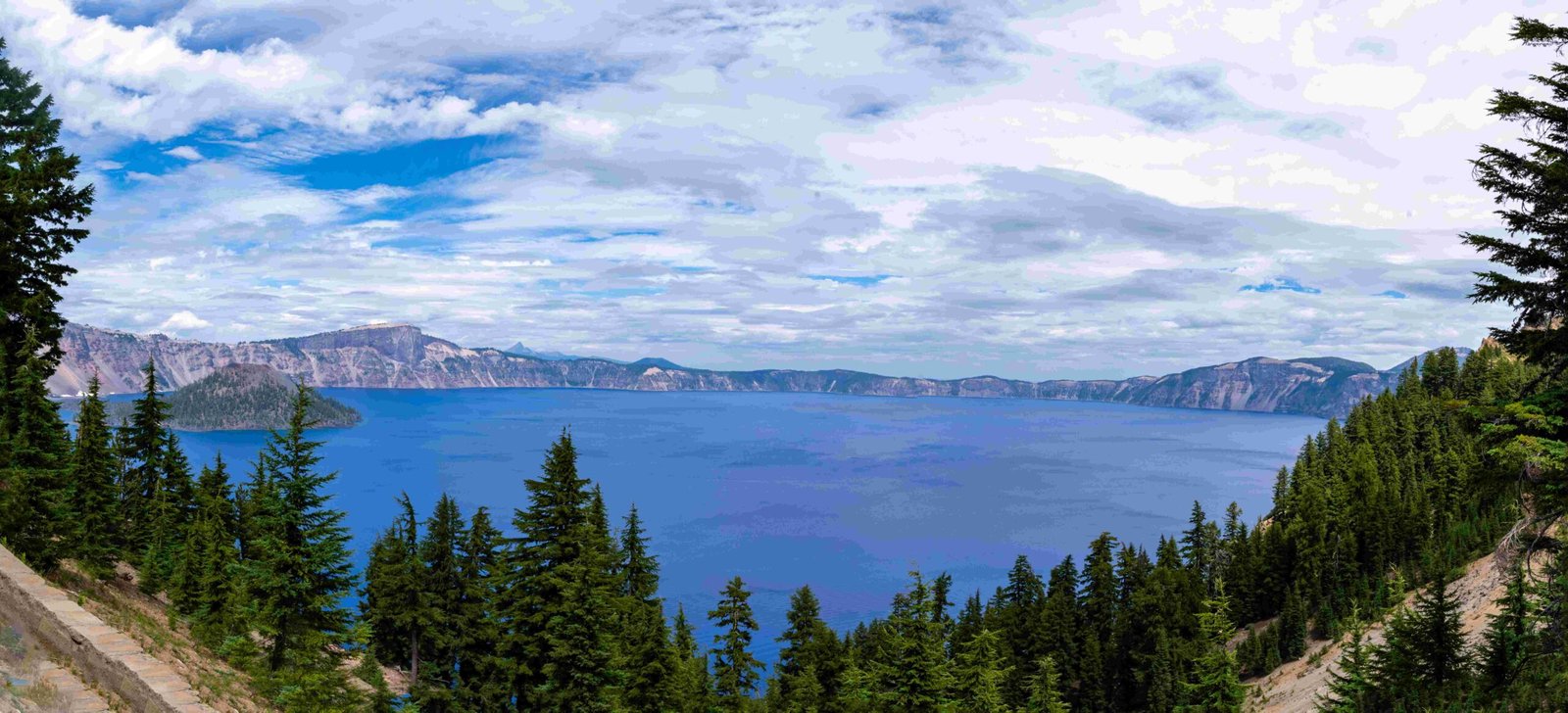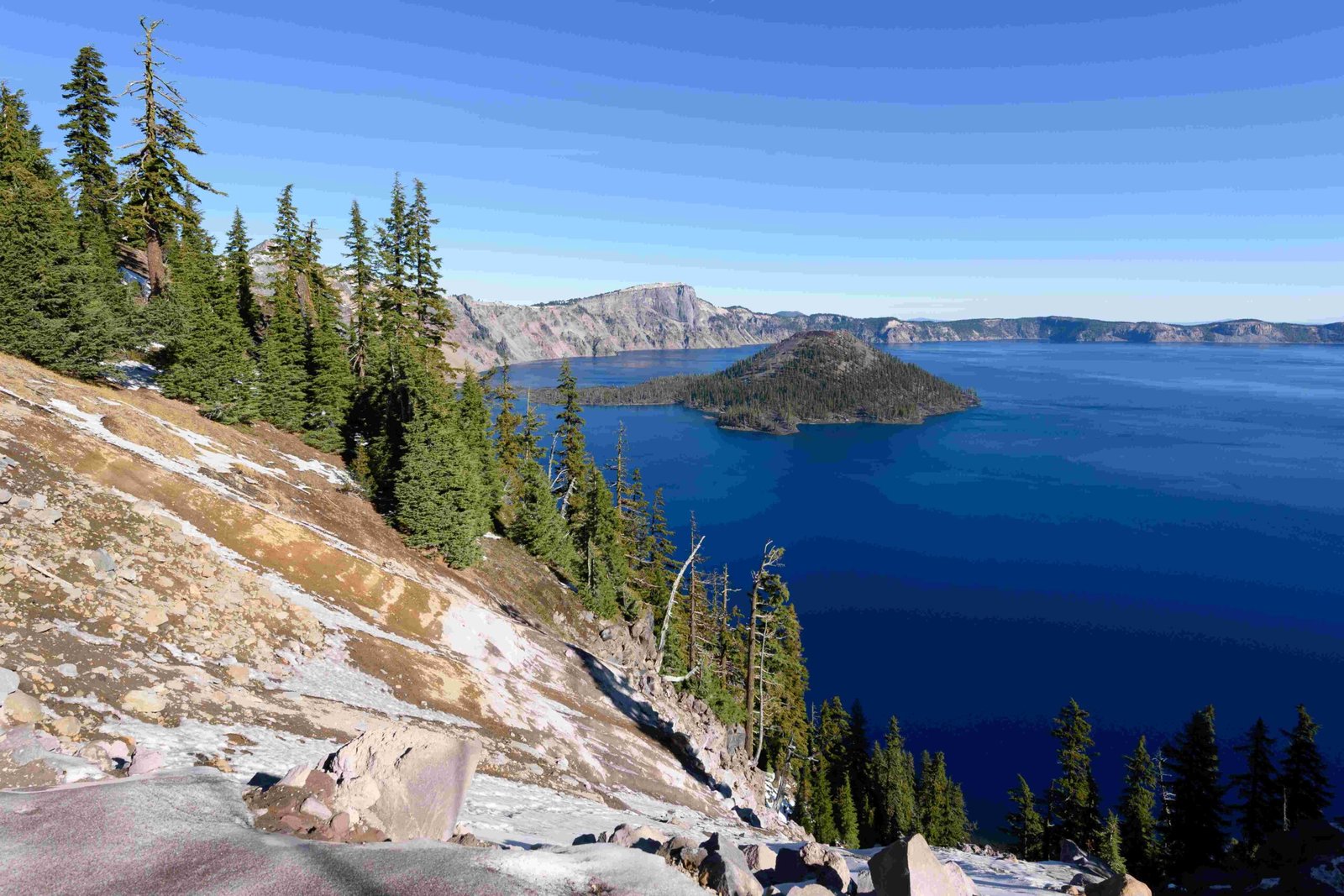Crater Lake National Park, known for its stunning beauty and pristine waters, has unfortunately been the site of several tragic incidents involving hikers. The rugged terrain, steep cliffs, and unpredictable weather conditions can pose significant risks to visitors. This article examines recent cases of hiker fatalities at Crater Lake, explores common accidents, and provides essential safety information for those planning to visit this natural wonder.
What Recent Incidents Have Occurred Involving Hikers at Crater Lake?

In recent years, Crater Lake National Park has witnessed several tragic incidents involving hikers. While exact statistics for the past decade are not fully detailed, there have been notable cases that highlight the potential dangers in the park:
- A 20-year-old man fell to his death while hiking in the park in a recent incident.
- On July 27, 1990, a 33-year-old woman, D.Z., fell over the rim at Discovery Point while trying to retrieve her child, resulting in a fatal 700-foot fall.
- On October 29, 1988, a hiker discovered the body of Douglas Cracker, who died from a self-inflicted gunshot wound near Highway 62 in the park.
These incidents underscore the importance of safety awareness and preparedness when visiting Crater Lake.
What Are the Most Common Causes of Hiker Deaths at Crater Lake?

The most common causes of hiker deaths and accidents at Crater Lake include:
- Falls from steep cliffs and rim areas
- Medical emergencies, such as heart attacks
- Accidents related to trail conditions, especially in winter
- Environmental factors, including extreme weather and high altitude
Falls are particularly dangerous due to the park’s unique topography, with many areas featuring sheer drop-offs and unstable terrain.
How Can Hikers Stay Safe at Crater Lake?
To ensure a safe visit to Crater Lake, hikers should follow these essential safety precautions:
Essential Gear for Crater Lake Hikers
| Item | Purpose |
|---|---|
| Sturdy, waterproof hiking boots | Provide traction and ankle support |
| Layered clothing | Adapt to changing weather conditions |
| Navigation tools (map, compass, GPS) | Prevent getting lost |
| First aid kit | Handle minor injuries |
| Water and snacks | Stay hydrated and energized |
| Personal Locator Beacon (PLB) | Emergency communication in remote areas |
Weather Considerations
- Always check the weather forecast before starting a hike
- Be prepared for sudden changes in weather, especially at higher elevations
- In winter and early spring, bring crampons and ice axes for snowy and icy trails
Emergency Preparedness Guidelines
- Inform someone of your itinerary and expected return time
- Carry a fully charged cell phone or satellite communication device
- Know basic first aid and how to respond to common hiking injuries
- Stay on designated trails and respect park boundaries
- Be aware of wildlife and maintain a safe distance
What Should Hikers Do in Case of an Emergency at Crater Lake?
In the event of an emergency while hiking at Crater Lake:
- Stay calm and assess the situation
- If possible, call 911 or the park’s emergency number
- If no cell service is available, use a Personal Locator Beacon (PLB) if you have one
- Provide clear information about your location and the nature of the emergency
- Follow instructions given by park rangers or emergency responders
Emergency Response at Crater Lake
- Response times can vary depending on the location within the park
- For serious injuries, patients may be transported to hospitals in nearby towns
- The park’s visitor center can provide assistance for non-emergency situations
How Does Crater Lake’s Terrain Contribute to Hiking Risks?
Crater Lake’s unique geological features present specific challenges to hikers:
- Steep Cliffs: The caldera rim has many areas with sheer drop-offs, increasing the risk of fatal falls.
- Unstable Terrain: Some areas may have loose rocks or unstable soil, particularly near the rim.
- High Altitude: The park’s elevation (ranging from 3,800 to 8,929 feet) can cause altitude sickness in some visitors.
- Varied Trail Conditions: Trails can range from well-maintained to rugged and challenging, requiring different levels of hiking experience.
Understanding these terrain-specific risks can help hikers better prepare for their visit and take appropriate precautions.
What Are the Legal Implications of Hiking Accidents at Crater Lake?
While the National Park Service strives to maintain safe conditions, visitors are generally responsible for their own safety. However, there are some legal considerations:
- The park may be liable if accidents are caused by negligence in maintaining trails or facilities
- Hikers who ignore posted warnings or venture into restricted areas may be held responsible for resulting accidents
- In cases of rescue operations, some jurisdictions may charge individuals for the cost of their rescue if they acted recklessly
It’s crucial for hikers to follow all park rules and guidelines to ensure their safety and avoid potential legal issues.
By understanding the risks, preparing adequately, and following safety guidelines, hikers can greatly reduce the chances of accidents and enjoy the breathtaking beauty of Crater Lake National Park responsibly.

